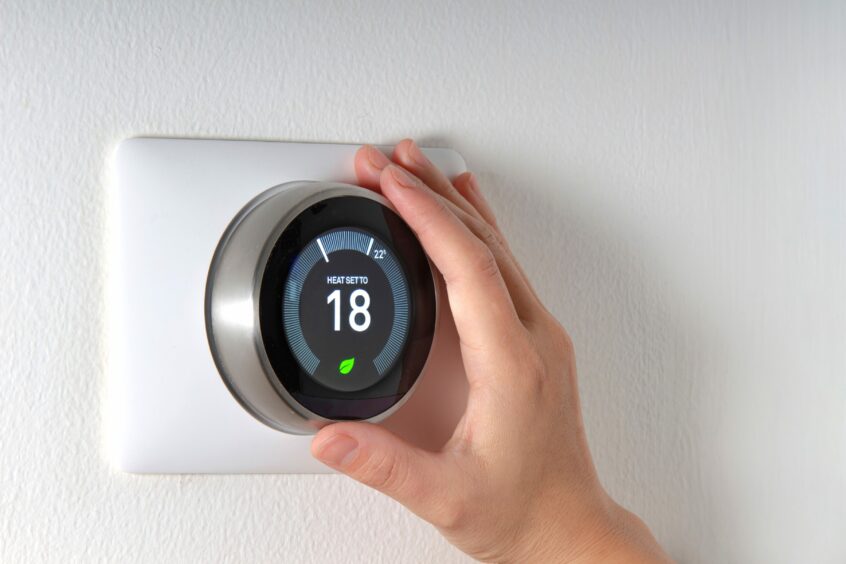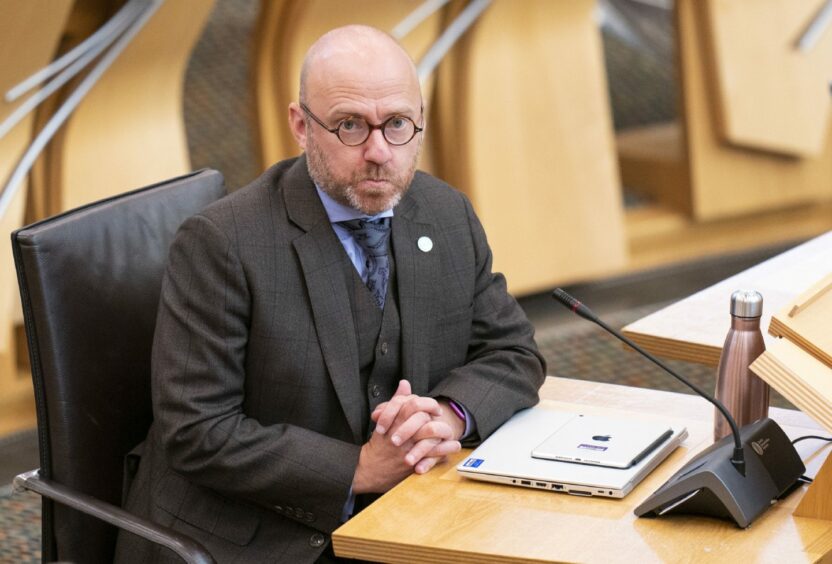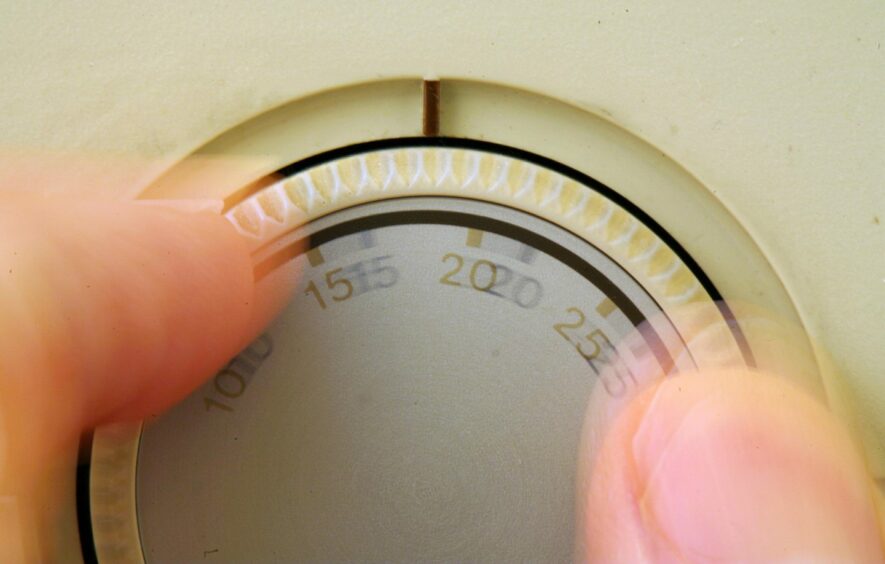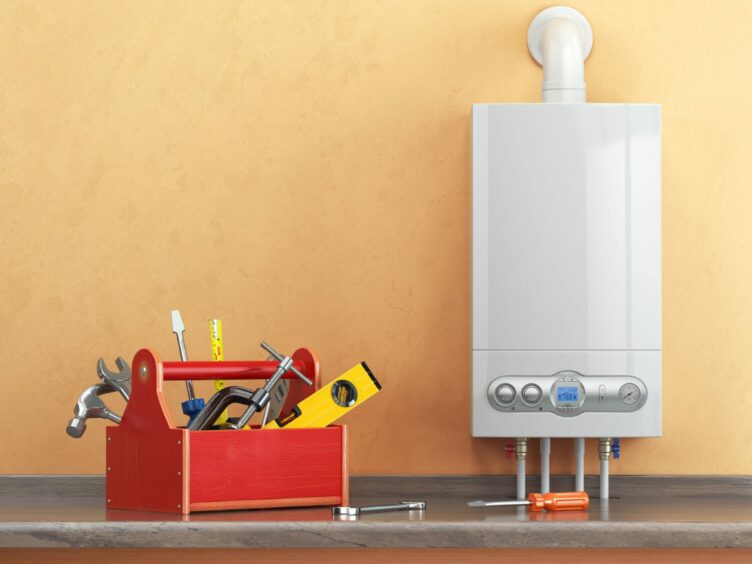The Scottish Government has unveiled an ambitious plan to slash greenhouse-gas emissions from properties north of the border.
A massive increase in renewable heating systems in homes and other buildings is being proposed to cut discharges to zero by 2045.
The environment would obviously benefit from such a game-changing transition, and Scotland could see many thousands of new jobs as a result of the huge installation programme, but the move could be costly for property owners.
Our homes and workplaces account for around a fifth of Scotland’s total greenhouse-gas emissions. We can and must make very significant progress towards eliminating these emissions over the next decade and reduce them to zero by 2045.”
Patrick Harvie, zero carbon buildings minister.
The Heat in Buildings Strategy comes with a hefty price tag expected to run to tens of billions of pounds, and there are no firm details from Holyrood on exactly how this will be financed.
There are fears that property owners could be hit with massive bills – the installation of a ground source heat pump system, for example, could run well into five figures.
The new strategy sets out a pathway to reduce discharges of greenhouse gases from homes and other buildings by more than two-thirds by the end of this decade.
It will require more than a million homes and 50,000 non-domestic buildings to convert to zero-emissions heat by 2030.
The government has said at least 124,000 renewable heating systems will need to be put in place between 2021 and 2026, while the installation rate will need to peak at more than 200,000 new systems per annum in the late-2020s.
Zero carbon buildings minister Patrick Harvie said: “Our homes and workplaces account for around a fifth of Scotland’s total greenhouse-gas emissions.
“We can and must make very significant progress towards eliminating these emissions over the next decade and reduce them to zero by 2045.”
The government will make available at least £1.8 billion for heat and energy-efficiency projects over the term of this parliament, Mr Harvie said.
But the total investment required to transform Scotland’s homes and buildings is likely to be more than £33bn.
Mr Harvie added: “Clearly, this cost cannot be borne by the public sector alone.
“We are establishing a new green heat finance task force to identify innovative solutions to maximise private-sector investment, and find new ways to help individuals and organisations spread the upfront cost of investing in making their properties warmer, greener and more efficient.”
Mr Harvie also said the scaling-up deployment of zero-emissions heating systems must be done in a manner that protects those in or at risk of fuel poverty from increased energy bills, and that avoids placing a burden on those least able to pay for the transition.
The minister added that, by 2030, the government wants to see a large majority of buildings achieving a good level of energy efficiency, which for homes is at least equivalent to an Energy Performance Certificate Band C – with all homes meeting at least this standard by 2033, where feasible and cost-effective.
Clearly, this cost cannot be borne by the public sector alone.”
Patrick Harvie.
The new strategy has been described as “seriously ambitious” by Kyle Usher, a mission manager for Scotland with innovation agency Nesta.
Mr Usher said: “A phase-out of new boilers by 2030 and a 70% cut in emissions by 2030 puts Scotland well ahead of the rest of the UK.
“But, on the negative side, there are still far too many gaps in the roadmap to getting there.
“There is too little clarity for people on which green heating they should replace their boiler with, and the finances still seem unlikely to stack up for many households.”
£13,200 per home
Mr Usher calculated the £33bn-plus investment needed would equate to around £13,200 per household.
Even taking into account planned financial contributions from the government between now and 2045, consumers could still be left with costs of around £10,000 each.
Nesta’s mission manager added: “That’s too much for most families. To make good on the targets, the cost of low-carbon heating needs to fall or the amount of financial support needs to increase. The strategy lacks a clear plan for closing this gap.
“For most families, spending nearly £10,000 to decarbonise their home heating is an impossibility. But not for everyone.
“To meet the 70% reduction in carbon emissions from homes by 2030 set out in the strategy, we need those able-to-pay consumers to act well in advance of that date to reduce their carbon emissions.
“What should an able-to-pay consumer who is keen to reduce their emissions right now do?
“The strategy is unclear – and one of the reasons for the lack of clarity is the Scottish Government’s stated interest in hydrogen as a home heating fuel.
The cost of low-carbon heating needs to fall or the amount of financial support needs to increase.”
Kyle Usher, mission manager, Nesta.
Decarbonising around 2.5 million Scottish homes will need multiple approaches, Mr Usher said.
And he warned the jury was still out on whether hydrogen is going to be a viable alternative to natural gas.
He added: “The evidence and the costs still need to be evaluated. Even if we assume hydrogen could be a realistic and scalable solution for the majority of the population in the future, that is not the case now.
“Realistically, hydrogen won’t be heating our homes within the next nine years, during which we need to reduce emissions by 70%.
“On top of this, even if we assume it is possible for hydrogen to become the best option before 2030, the cost of the rollout of a hydrogen grid would be significant – certainly more than a mass government-subsidised heat pump initiative, which could take hold years sooner.
“I think it is correct to continue to investigate hydrogen, however, by focusing on its future use, the signal to homeowners thinking about how to decarbonise their heating is ‘maybe wait and see’.
“Such a message will give pause to people for whom alternatives like heat pumps are already viable and affordable – and delay our journey to net-zero.”
Mark O’Neill: Hard choices ahead for Scotland’s built environment
More than 250,000 homes in north and north-east need upgraded to meet new government targets





